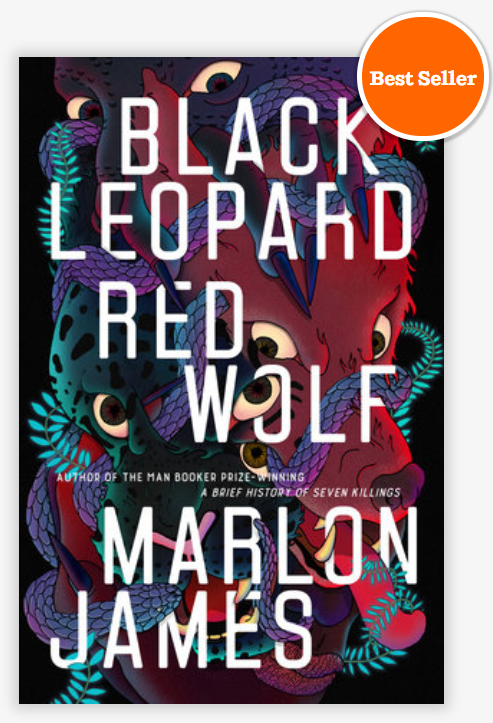Trust a poet to come along and to do a better job than most at articulating my thoughts and anxieties. Leontia Flynn is a poet that I’ve been following for years, exploring with her the pressures of inner life through her intimate portraits of Northern Ireland. Flynn’s poetic skill lies in her astute power of observation, wit, humour, allusion, and superb mastery of form. Her fourth book of poetry, The Radio, continues where she left off in her third collection, Profit and Loss, where marriage, motherhood, and her father’s Alzheimer’s took centre stage before the backdrop of the banking crisis. In her fourth book family life remains central to the collection, only this time it’s set against the “Age of Interruption” (“Third Dialogue” 65), a life of relentless technologies, transmissions and “mobile phones beside our plates: our shiny black talisman” (“Malone Hoard” 48).

The first section, “The Child, the Family . . .”, focuses on Flynn’s personal life—in particular motherhood. The sonnet, “Yellow Lullaby”, captures motherhood, with the fabulous image of the poet “barrelling out like some semi-deranged / trainee barista” towards her crying baby (4). She describes herself at her child’s cot with “the limb that moved, the light that shone, / the hand that soothed her and the flesh that fed” (4). In Flynn’s hands, the act of soothing a child becomes much more, speculating through its cries that the baby communes “with the unborn and the dead” (4). This chilling description could allude to the idea that if she does not see to her child, it will be lost to the spirit-world. Alternatively, it could refer to real-world dangers that she needs to keep away from her infant. These real-world dangers are pervasive within the technological world of “updates. High alerts / the BUZZ BUZZ BUZZ of following information” (“Third Dialogue” 64).
The long, title poem, “The Radio”, begins with a radio as it “hoots and mutters, hoots and mutters / out of dark, each morning of my childhood” (11). The aural imagery brings back childhood memories of listening to the crackling radio at breakfast and yet such a line suggests a threat. While Flynn uses the radio as a portal through which “the outside world / comes streaming, like a magic lantern show, / into our bewildered solitude” the radio acts as a device for violence (11). Rural Irish life is depicted through the “Charolais cow”, “the marvellous bungalow” and “birdsong in chimneys” (12) But it is overshadowed by the “the half-ignited powder keg of Belfast” that lurks just beyond the radio (12). However, the mother of the household, who is “small, freaked out, pragmatic, vigilant;”, stands guard “like a sentential, by the sink” trying to resist the “harrowing radio” and keep her children safe from the violence that exists outside their peaceful world (11, 12).
In the second section, “…And the Outside World”, while the Troubles may be over, there are other troubles. I remain suspicious with Flynn, aware of the intrusion of the “glazed God’s-eye / of the transmitter” in Flynn’s fabulous poem, “The Mast” (51). This eye of the transmitter takes me back to the radio in the title poem that keeps watch over the poet’s mother, now this eye keeps watch over Flynn and the “glittering urban scree”, the city, “parks and back bars”, and the inhabitants that “stroke like pets / familiar devices” (50, 51).
A stand out poem for me in the third section, “Poems Conceived as Dialogues Between Two Antagonistic Voices”, is the third dialogue between “Mother of Older Child, Imploded”, with “The Awesome Voice of the Internet” (63). Here Flynn’s pressure of raising a child against the backdrop of the internet mirrors the mother who “stands, like a sentinel, by the sink” protecting her children from “the outside world” that “comes streaming in” (“The Radio” 11).
The Radio is an exceptional collection of poetry. Leontia Flynn’s powerful observations on motherhood and family life contrasted with the Troubles and technology makes for an unforgettable read. Clearly Flynn is a poet with “an ethics: which instructs” in this “Age of Interruption” (“August 30th 2013” 24, “Third Dialogue” 65) In the end I wonder what hope I have in resisting the external pressures that exist as the Internet proclaims, “I’m the Bright, White Spirit of the Age” (“Third Dialogue” 65). Flynn’s “Mother Imploded” has an answer, one which seems almost a revolutionary one, and that is to take a breather from the external pressures by “sitting down” (“Third Dialogue” 65).
Review by Taidgh Lynch, a poet from the South-West of Ireland. His chapbook, First Lift Here, is forthcoming from Jack Pine Press.
Note: all citations refer to the original print version from Cape Poetry, 2017.






